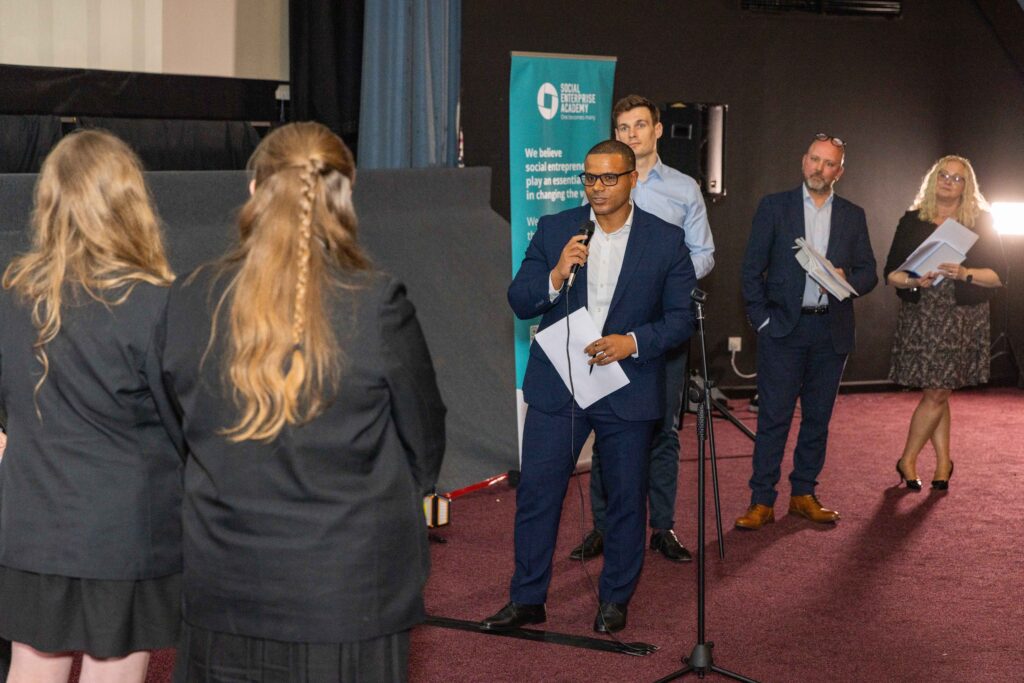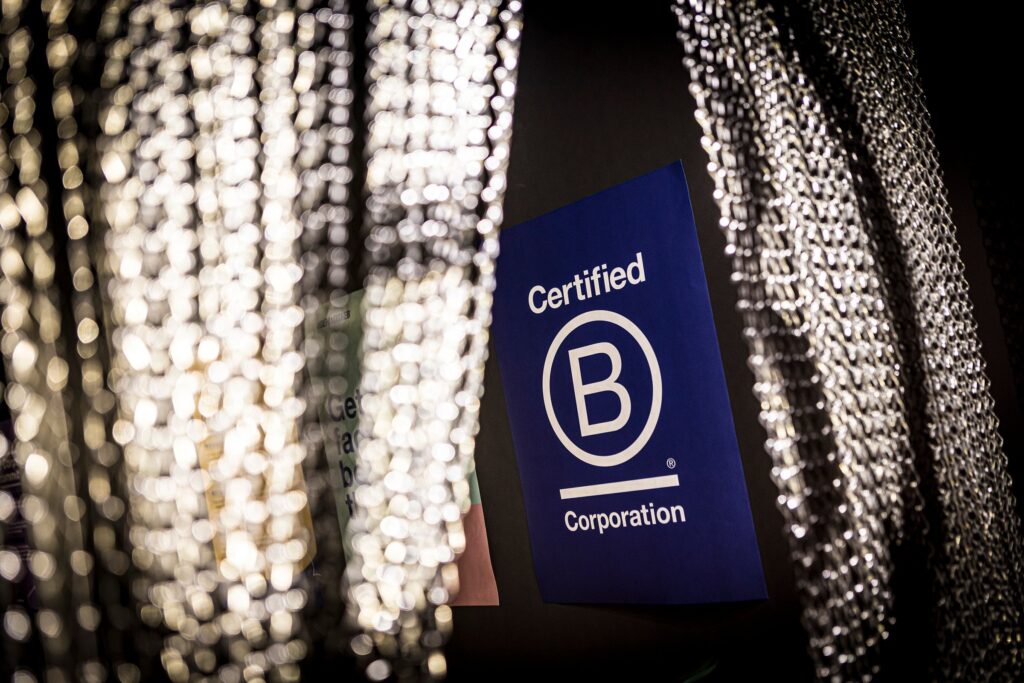Insights
Getting under the skin of buy and build – with Environmental Essentials
The company’s leadership team shares how to carry out a successful buy and build strategy.
27 September 2024
They say that success comes at a cost. Blood, sweat and tears aside, there’s an obvious price to pay when executing a buy and build strategy. Done right, that cost can be quickly recouped – not only by accelerating your growth ambitions, creating more strength and depth in both proposition and people, but by extending your physical footprint too, allowing you to engage with more customers. It sounds like a no-brainer, right?
“Buy and build can be done very, very well,” says Alex Sleeth from Environmental Essentials. “It can also be done very, very badly.” Alex is a man with experience, having acquired nearly 25 businesses and sold two. “I know what bad looks like.”
Alex is currently honing his skills at BGF-backed Environmental Essentials, as Executive Chair. The asbestos risk management specialist is an excellent example of a buy and build done well, having raised £5.6 million from BGF to support its growth.
The business has acquired three companies already, in the space of two years, with more on the horizon. By targeting companies that have the same buyer profile, and by understanding the current and future needs of its customers, Environmental Essentials has quickly added services to its portfolio that it can confidently cross-sell.
Driving that charge is Richard Powner, the company’s Co-Founder and Executive Director. Richard’s aim was simple: to accelerate growth – not just for Environmental Essentials, through buy and build, but for the companies it acquired. “All of our businesses now have access to a larger customer base and breadth of services. By converting excellent cross-selling opportunities, they’re subsequently able to grow shareholder value,” explains Richard.

The secret to getting it right: do your research. “You need to understand why you’re executing a buy and build strategy,” says Alex. “A lot of companies manage to raise some money, but then act like kids in a sweet shop, and just go out and buy businesses and turnover and profit for the sake of it. They don’t really understand what they’re buying. They don’t get to know the culture of the businesses they’re acquiring and, as a result, it can turn into a bit of a disaster.”
For Alex, the purpose of buy and build is to increase shareholder value within an organisation – and the best way to do that is to create what he calls a ‘platform’ business. “The platform has to be load bearing,” he explains. “If you’re piling on a number of acquisitions, you need to have the infrastructure in place to be able to deal with them. You’ve got to get the foundations right, so that you can carry the weight of these acquisitions and tuck them in properly.”
“You’ve also got to understand what it is you’re buying them for. Is it that you want to increase your geographic footprint? Do you want to add additional services to your portfolio? There needs to be a proper strategic rationale for going on a buy and build journey, rather than ‘I’m just going buy a bunch of companies and pull them all together’.”
Alex Sleeth
Executive Chair at Environmental Essentials
For Environmental Essentials, success across the board is no coincidence. The company’s journey has been carefully thought out, involving the creation of a dedicated acquisitions team that looks at everything from financial modelling and IT to HR, operations and legal. As a team, they also do their own management due diligence, before appointing any advisers. “We do a lot of the due diligence upfront, to satisfy ourselves that the business is worth taking to the next stage,” explains Richard.
They are meticulous in their approach, and it shows. “We’ve done a lot of our targeting off market and, because of that, we can acquire businesses with the right strategic and cultural fit – with a mixture of complete buyouts and some longer earnouts,” Richard says.
And the process is as slick after a business is bought as it is before. “The key is to make sure that all the businesses are fully integrated, when the time is right,” explains Richard. “We don’t want to have acquisitions that sit outside of the business as separate entities for the long term; we want to integrate them all into Environmental Essentials, so that we can see the full benefit of having them onboard.”
A crucial part of this process is managing the culture piece. “You have to communicate key messages,” insists Richard. “Not only to your own staff, but also to employees at the businesses you’ve acquired, making sure they fully understand what it is you’re looking to achieve, to build that excitement and to demonstrate the opportunities that a larger business will bring to everyone.”
Communication with new and existing customers is also key – not just in taking them on the journey with you, but in being able to sell a stronger proposition and a broader range of services.
“If you’re looking to grow your business through buy and build, and you put the effort in and get to know your market really well, then there will be opportunities out there. Don’t assume you can just go out and buy a business, and then let it run itself. You’ve really got to get under the skin of it, get under the bonnet and make sure that you understand how it works. It’s a considerable piece of work, but it’s definitely worth it.”
Richard Powner
Co-Founder & Executive Director at Environmental Essentials
We’re always looking to back high-potential businesses like Environmental Essentials with ambitious buy and build plans. To find out more about financing your acquisition strategy, and the support we can offer you, get in touch via our funding application form.






